The CDC projects that by 2040 nearly 78 million U.S. adults will be diagnosed with some form of arthritis. But arthritis isn’t the only concern; any damage to your joints can lead to loss of mobility, stiffness and discomfort.
The joints in your body are made up of many complex components. These include ligaments, tendons, cartilage and synovial fluid, a lubricant to help reduce friction within the joint. In early adulthood, bones are at their thickest and density begins to decline around age 35. This is a normal process, but the rate of bone loss can be exacerbated due to certain lifestyle factors including injury, weight and stress.
A joint is the meeting place of two bones in the body, and they allow for different types of movement. Joints are why you can swivel your hips while you dance, bend your knees to pick up grandkids and interlock fingers with loved ones. If you struggle, continue reading for a whole person approach to healthier joints.

Physical
Whether or not you experience joint pain and to what degree, has a lot to do with your overall physical health. Maintaining a healthy weight is one of the best things you can do for your joints. Individuals that are overweight tend to experience greater pain and issues in weight-bearing joints such as knees, hips and back due to the excess wear and tear. Research shows that each pound of extra weight exerts approximately four pounds of extra pressure on your knees. Dropping extra pounds will reduce the burden on your hardworking joints and help prevent future injury.
Enjoying regular exercise can help you shed some extra weight and alleviate joint pain. Be sure to choose activities that won’t bother your joints. Low-impact exercises include bicycling, swimming, tai chi and moderate walking. Strength training is also a great option because it builds muscle and keeps your ligaments strong to help support healthy joints.
The key is just to get up and get moving! Sitting on the couch or in a chair for long periods puts you at higher risk for joint pain and stiffness, so it’s important to get up regularly, stretch or go for a short walk.

Emotional
Believe it or not, how you feel mentally has a profound impact on how you feel physically. Emotions such as anxiety, stress
Stress is all too common, and it can wreak havoc on every system in your body, including your musculoskeletal system, digestive and immune system and your endocrine system just to name a few. When it comes to joint health, stress activates your sympathetic nervous system (“fight or flight”) which suppresses your repair processes. In times of stress, growth hormone production is altered, and minerals key to bone formation are released into your bloodstream. A hormone called cortisol is also produced by your adrenal gland. Large amounts of cortisol can suppress the body’s normal repair functions and is linked to increased inflammation and inadequate calcium absorption.
Stress is intended to be a temporary survival instinct. However, if you experience stress regularly, your body is never given a chance to return to normal and repair itself. So how can you reduce stress and switch on your body’s parasympathetic nervous system (“rest and digest”)?
One very powerful way to turn on your restorative processes is through meditation. Many people are convinced that they lack the dedication or patience to meditate, but it doesn’t have to be difficult. There are many different types of meditation, and it’s important to find what works best for you. One of the most common techniques is called transcendental meditation. With this technique you don’t need to repeat any mantras or chants; simply concentrate on a specific thought to focus your attention and push away all of the other racing thoughts. Transcendental meditation is meant to help increase your restful alertness and help you achieve a quieter mental state.
But if meditation is new to you, there are many fantastic resources available now to help you [TVBLOGCOPY]calm your mind and relax[/TVBLOGCOPY][MWSBLOGCOPY]calm your mind and relax[/MWSBLOGCOPY] after a stressful day. Finding follow-along meditation and deep breathing videos are as simple as searching YouTube or downloading an app on your phone or tablet.

Spiritual
For some, spirituality is practiced through a specific religion, meditative practice or daily reflective thought and prayer. Regardless of how you express your spirituality, science is showing that there are real health benefits to be experienced.
A study published in the Journal of Behavioral Medicine reported that 20 minutes of spiritual meditation per day can improve a person’s tolerance to pain while decreasing pain and anxiety. In another study, published in the Journal of Health Psychology, researchers looked at
While scientists don’t fully understand why spiritual practices are so powerful, it is recognized that spirituality helps you focus on something bigger than yourself. By surrendering yourself to something larger, you release the burden you’ve been carrying with you. Spirituality also helps individuals feel more connected with like-minded people. Being part of a community and building strong relationships can help heal and repair physical and emotional wounds.
Conclusion
Joint pain and stiffness can severely limit your flexibility, mobility

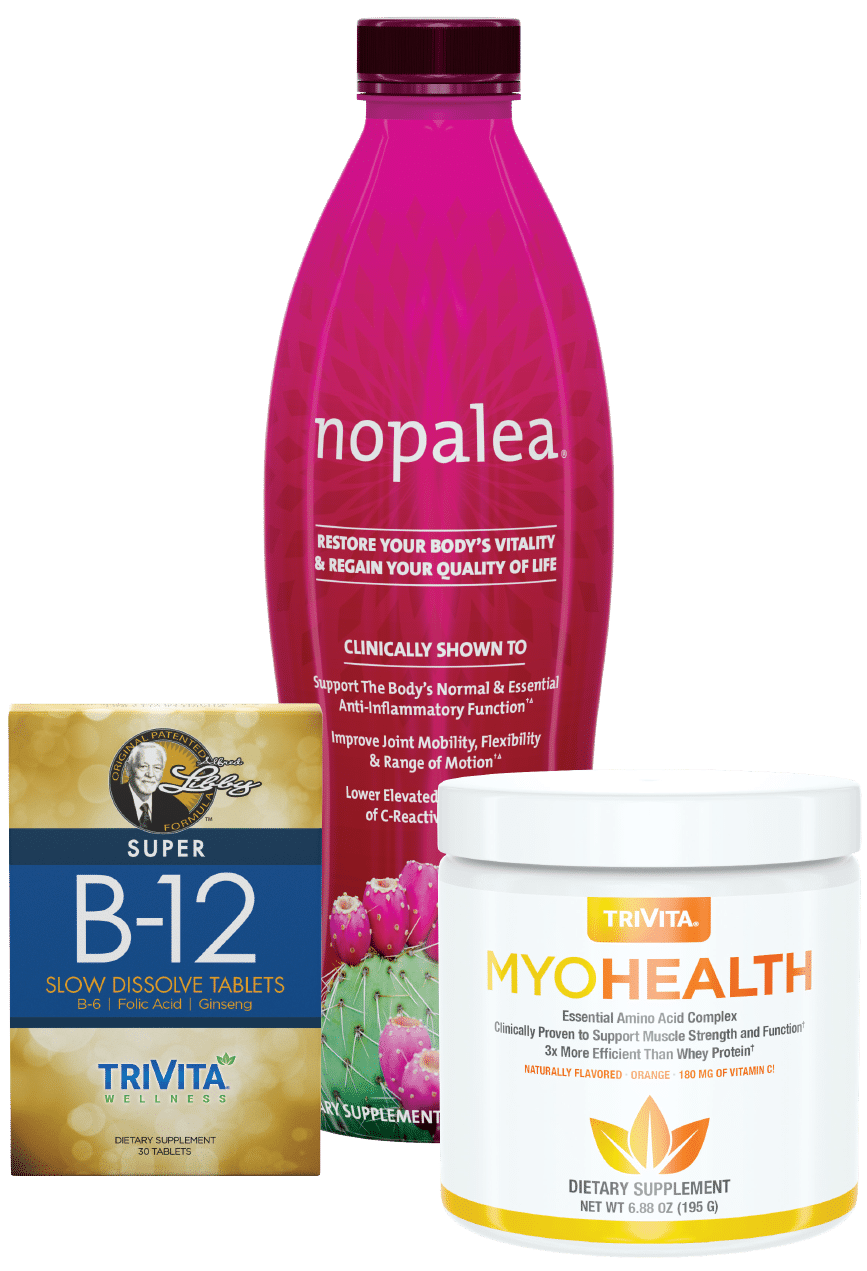
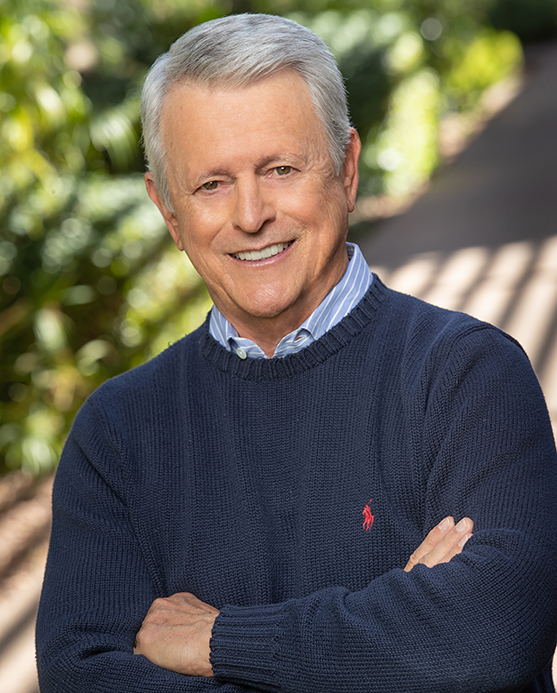
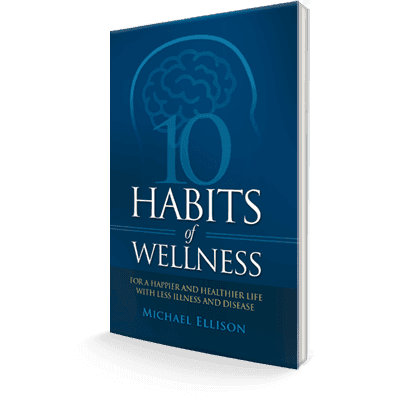

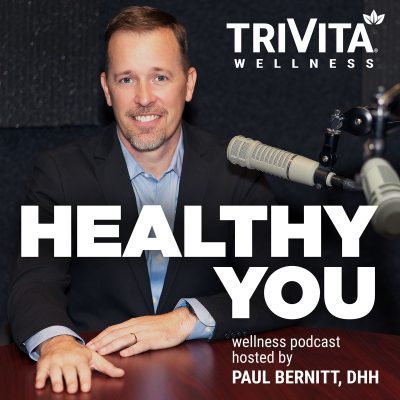


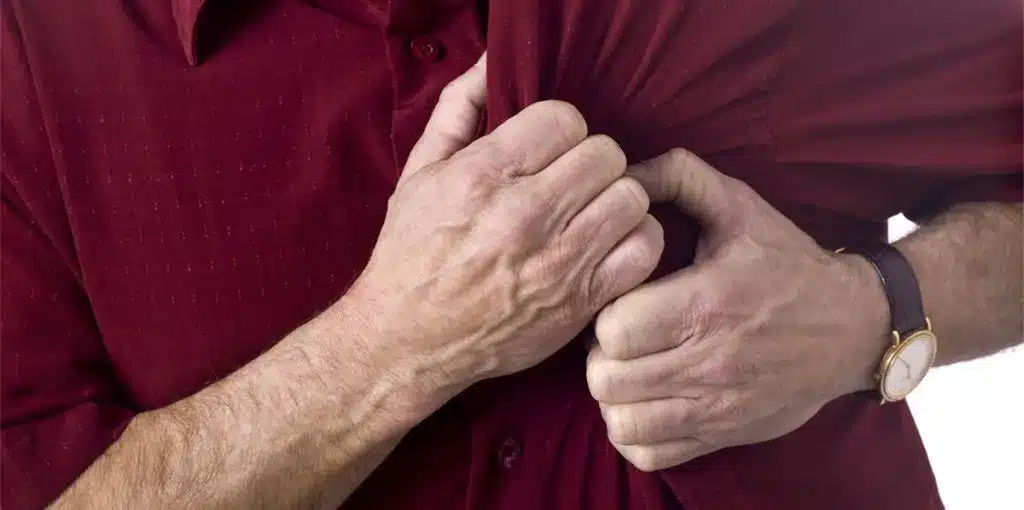



Sounds great until I came to the TM section. “TM is the technique that has been seen as both religious and non-religious; sociologists, scholars, and a New Jersey judge and court are among those who have expressed views.[4][5][6] The United States Court of Appeals upheld the federal ruling that TM was essentially “religious in nature” and therefore could not be taught in school.”
“TM is one of the most widely practiced and researched meditation techniques.[9][10][11] It is not possible to say whether it has any effect on health as the research, as of 2007, is of poor quality.[12][13]”
Rather than emptying my mind with humming a TM mantra, I prefer to meditate on God’s word as it gives life to both body, soul and spirit 👍